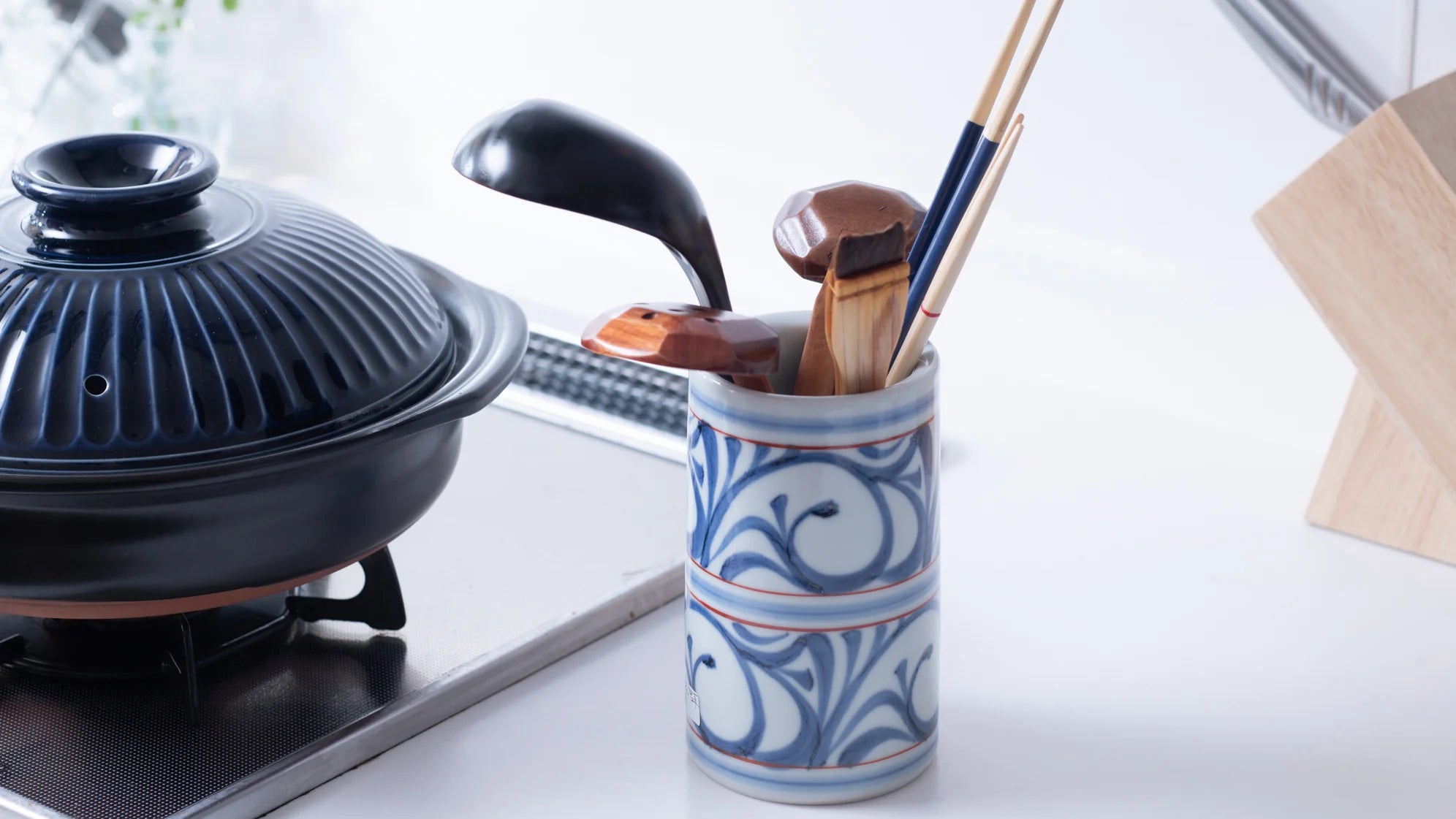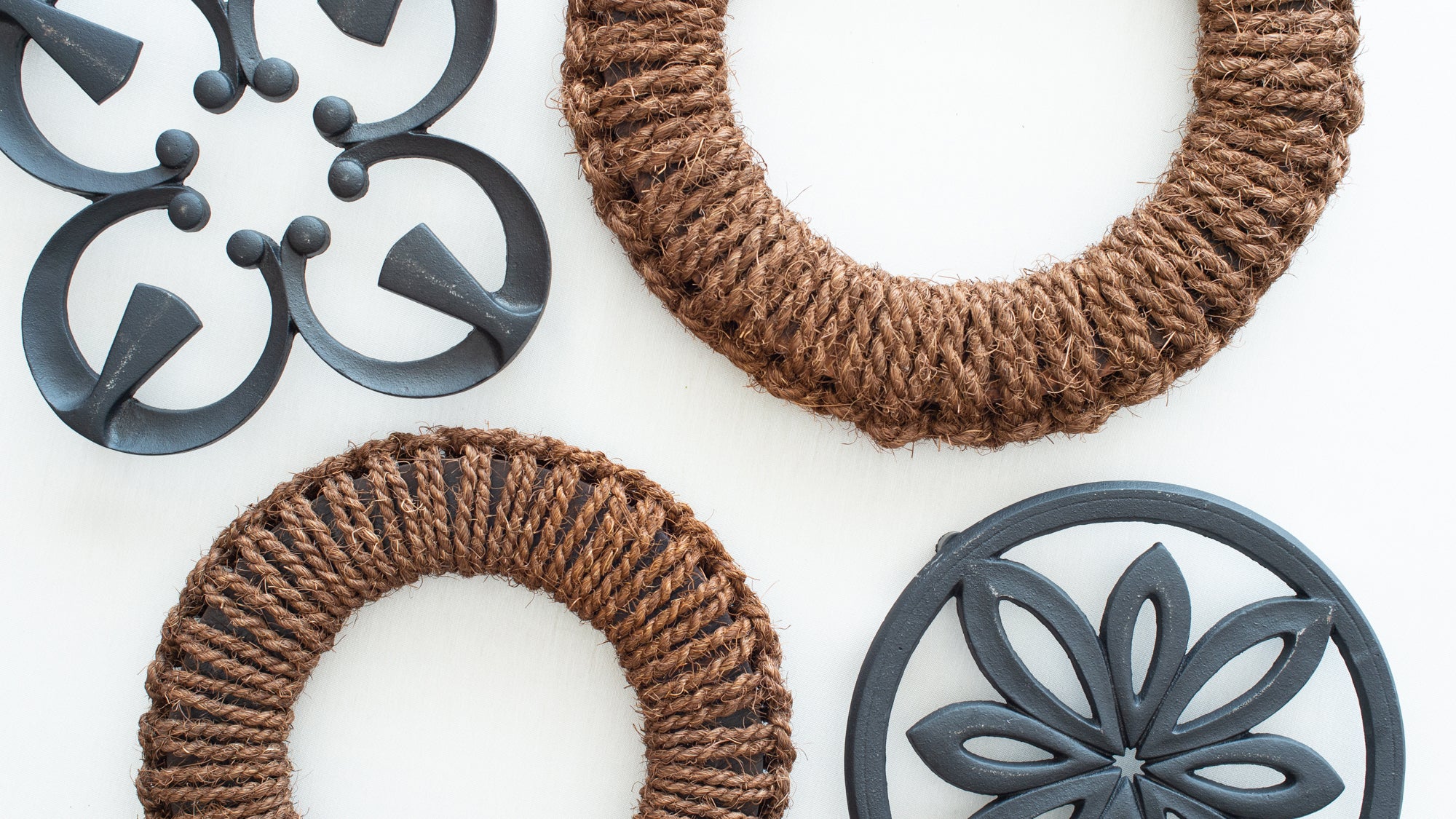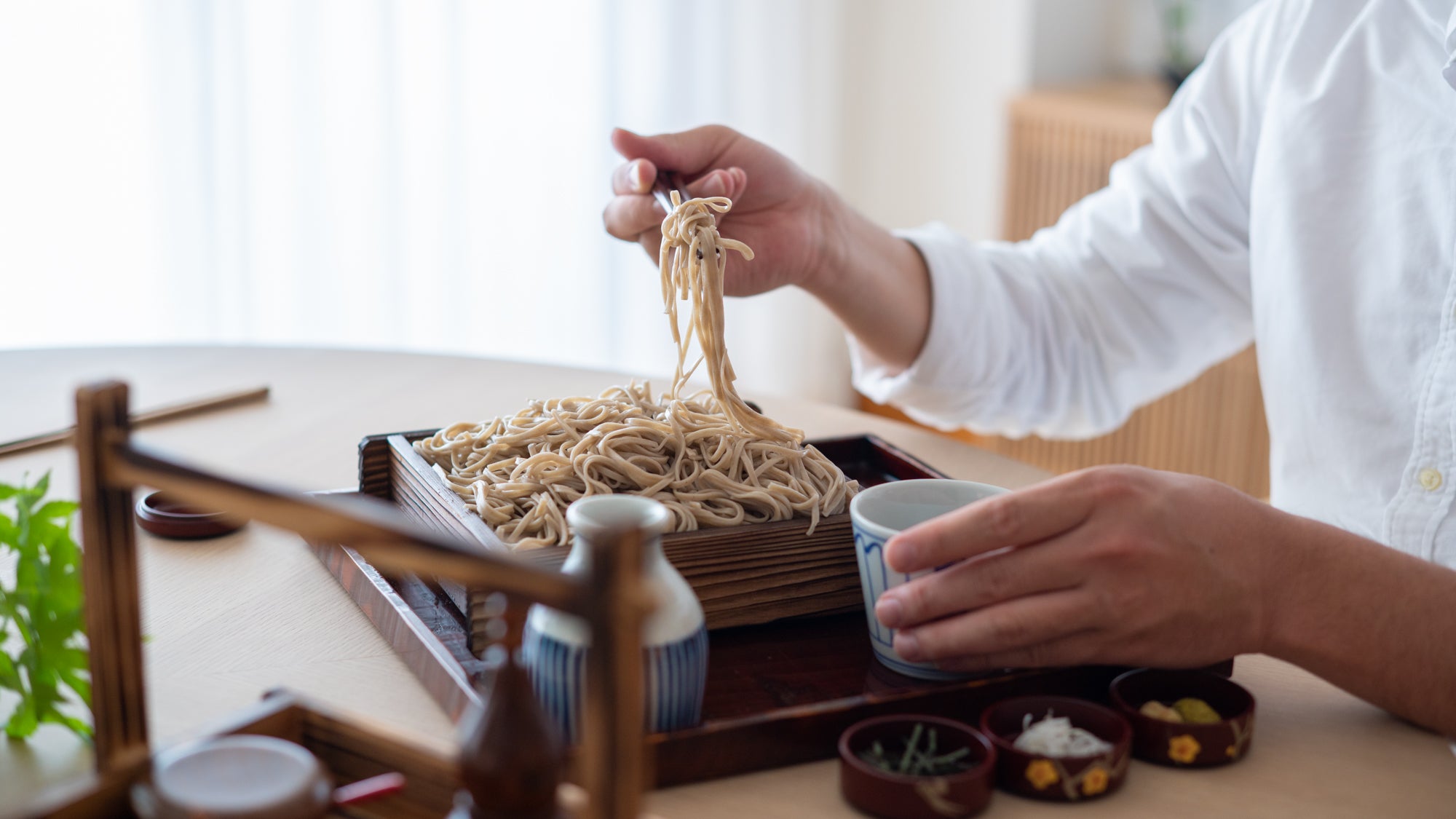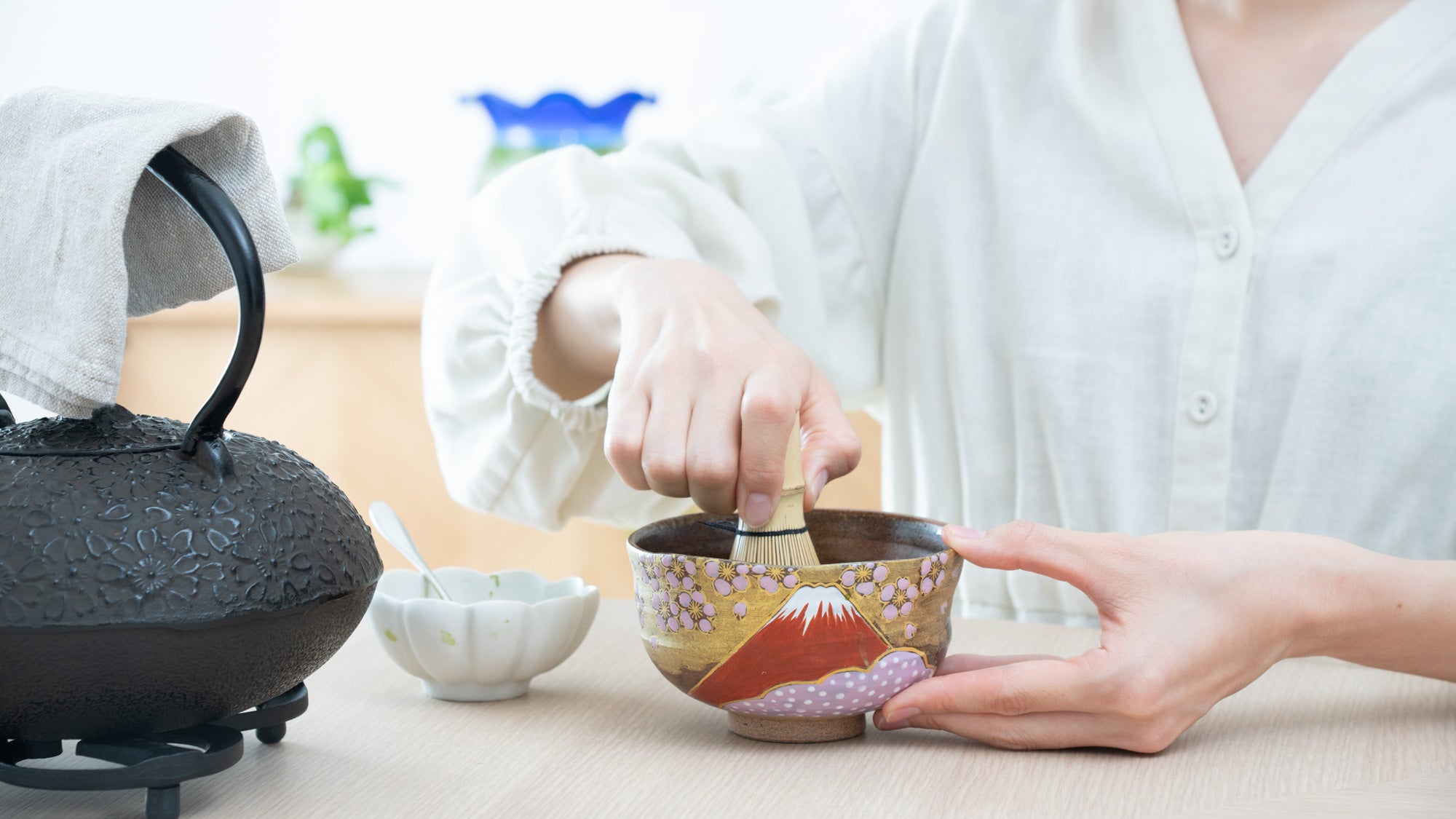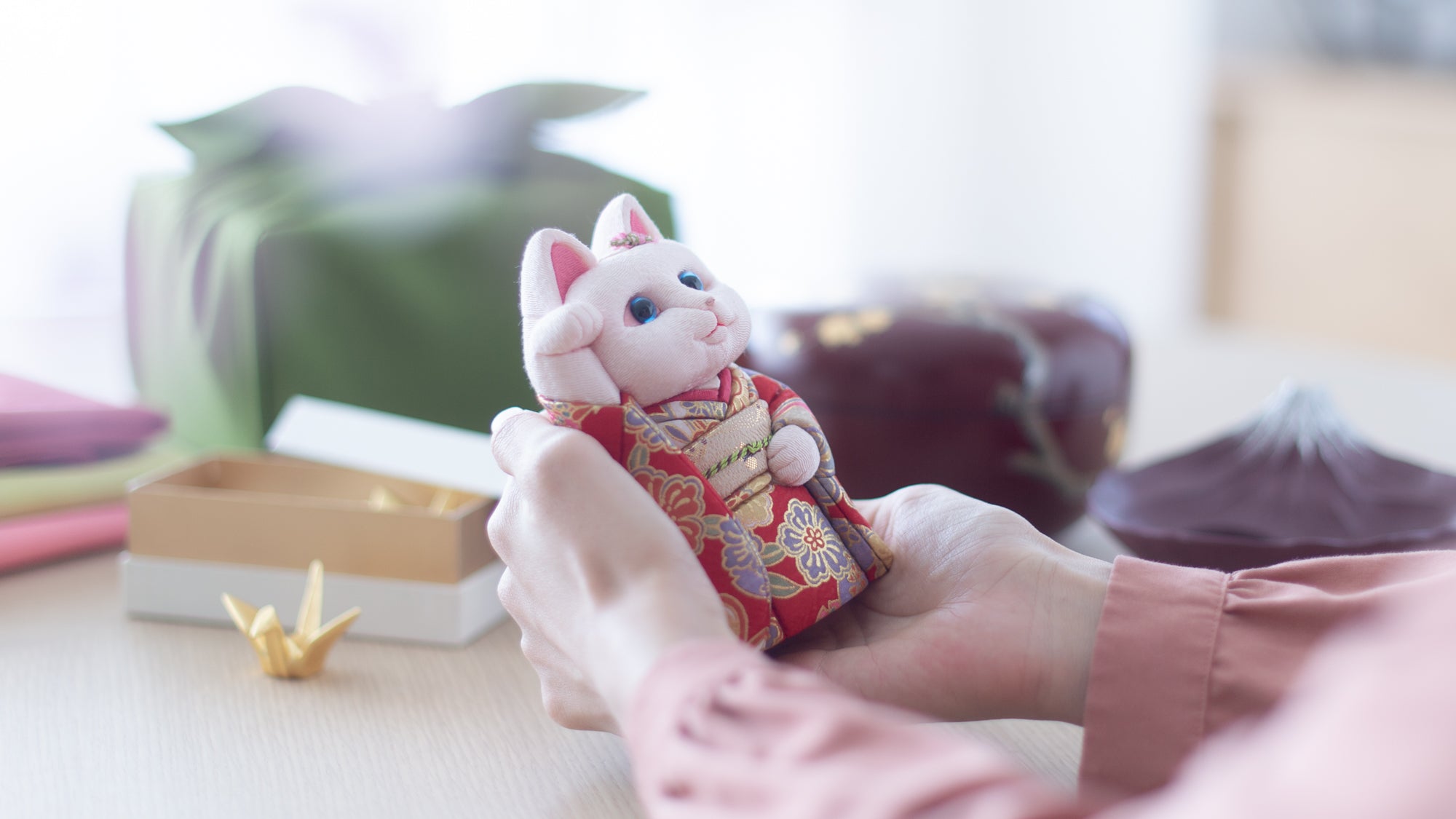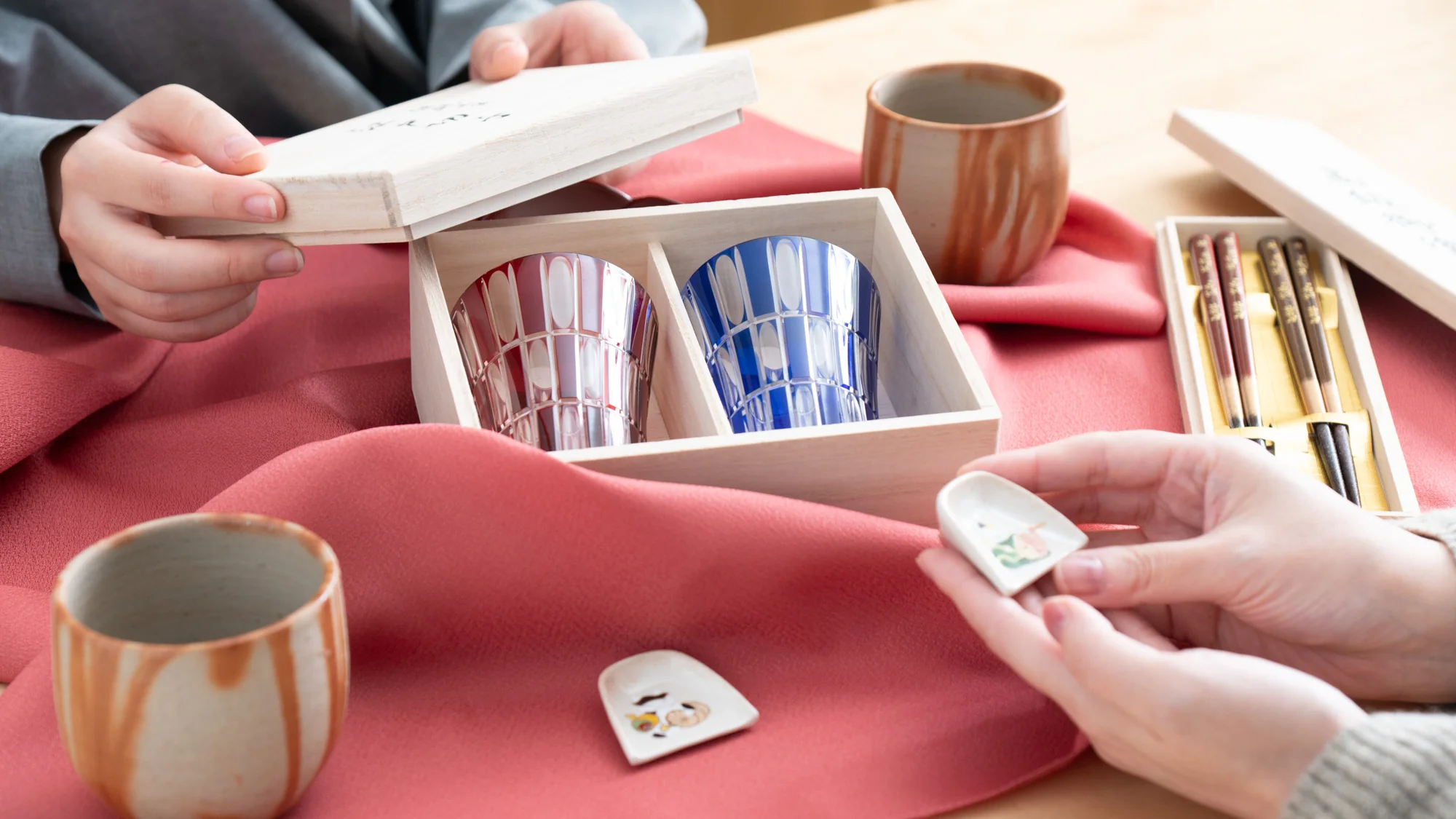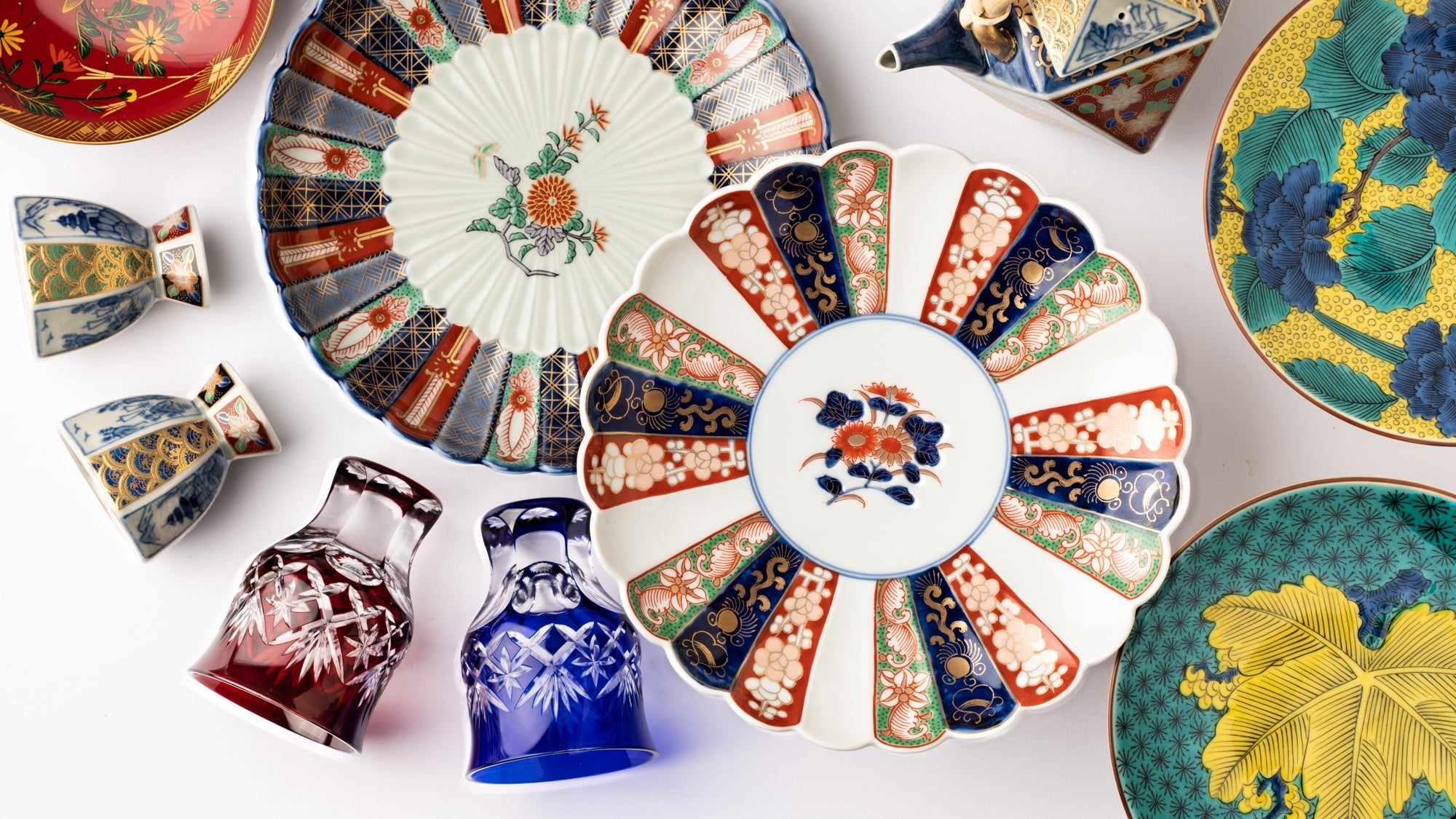17 April 2023
Discovering Edo Kiriko with Mr. Tatsuro Hirota, President of Hirota Glass Co., Ltd (Part 1)

Sumida Ward in Tokyo has a rich history of crafts and traditional arts dating back to the Edo period (c.1603-1867). During this time, Sumida was known for its skilled craftsmen and artisans, who produced a wide range of products including pottery, lacquerware, textiles, and glassware.
Situated on one of the quiet corners of Sumida Ward's Kinshicho District is the Edo Kiriko Glass Cutlery Museum. This museum is dedicated to the history and art of the famous craft, Edo Kiriko–a type of cut glassware that originated in the area during the Edo period. Edo Kiriko glassware is characterized by its intricate and precise geometric patterns, created by cutting into the surface of the glass using a special wheel.
I had the opportunity to visit the Edo Kiriko Glass Cutlery museum and talk to Mr. Tatsuro Hirota, the president of Hirota Glass, to learn more about Edo Kiriko craftsmanship and Mr. Hirota's insight on producing hand cut works.
Contents
- Preserving History
- The Glass-Cutting Process
- New Endeavors
Preserving History
Stepping inside the Edo Kiriko Glass Cutlery Museum was like walking into a jewel box, glittering with the reds, blues, and greens of various Edo Kiriko glasses. Although the Edo Kiriko glassware of today is vibrant in its color variations, it was originally known for its high level of transparency and clarity, achieved through the use of excellent-quality glass and precise cutting techniques. Mr. Hirota shared that colored Edo Kiriko glasses came into play as a way to make the glasses stand out from store windows.
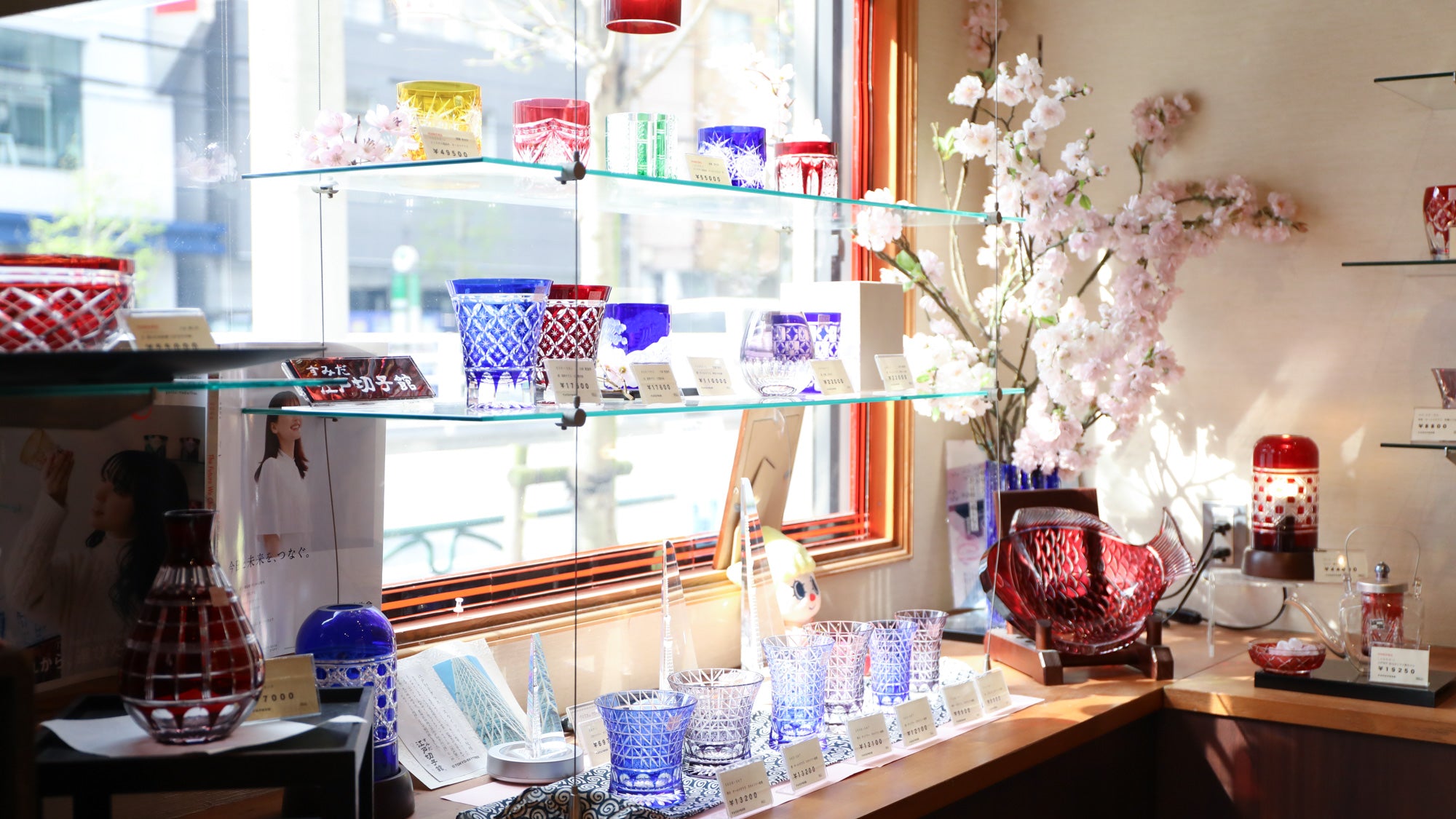
All pieces cut at Hirota Glass, both transparent and colored, are done so by seasoned craftsmen–making each wonderfully unique. The warmth you feel from products made by human hands is irreplaceable and a major one of its charms. Mr. Hirota commented how important it was to preserve the process of cutting glass the traditional way, even if there is difficulty when it comes to maintaining the supply and demand.
The Glass-Cutting Process
At the Edo Kiriko Glass Cutlery Museum visitors are able to take a look at the glass-cutting process first hand. Mr. Hirota was kind enough to give me a tour of the workshop where craftsmen were carefully cutting Edo Kiriko glass against carbide wheels. There were about five to six work stations total, and a small wooden shelf stocked with differently-sized carbide wheels for various Edo Kiriko.
When it comes to the glass-cutting process there is typically a designated craftsperson for every step, including checking the Edo Kiriko glasses for any surface scratches before they are decorated. I saw a lone craftsman holding glasses up to the light, inspecting each one carefully. Mr. Hirota commented that glasses that have scratches are used for the Edo Kiriko glass-cutting experiences available to visitors. I was quite impressed with this sustainable initiative and found it an inspiring way to spread the beauty and hardwork that goes into creating each Edo Kiriko piece.

Upon stepping further inside the workshop, I saw the concentrated expressions of seasoned craftsmen at their wheels. Mr. Hirota shared that it takes years for craftsmen to be recognized as first-rate, and that they are required to undergo training and apprenticeship at the workshop. Each craftsman has their own speciality such as those who draw the designs onto the glass before they're cut, those who cut the glass on the wheel, and those who polish the glass.
According to Mr. Hirota, each step is extremely intricate and needs complete concentration. Glass-cutting blades are exchanged up to three or four times during the cutting process and the transparency of Edo Kiriko is achieved by rotating and polishing the glass using a special polishing powder. According to Mr. Hirota, making one Edo Kiriko glass can take up to half a day, but the results are stunning one-of-a-kind designs.
New Endeavors
Throughout our conversation, I found Mr. Hirota's view on producing Edo Kiriko glass and his open stance on exploring new opportunities very refreshing. Hirota Glass is no stranger to collaborative processes and has previously worked with major brands to create limited-edition products such as the Edo Kiriko Starbucks glass made in the renowned Starbucks-green. Mr. Hirota shared that a difficulty in realizing collaborative processes was expressing the unique characteristics of Hirota Glass so that they are noticeable to consumers. He also shared that each glass manufacturer has their own unique characteristics.

He emphasized the importance of communicating with other designers to create products that match the trademark colors of Hirota Glass. After this fruitful conversation, we headed outside of the museum and I noticed that the door panels outside were also decorated with rectangular Edo Kiriko glass pieces. Mr. Hirota shared that future endeavors might include stretching out past tableware and into interior design. This was another testament to the innovative mind of Mr. Hirota and how Edo Kiriko might be enjoyed in the future.
Mr. Hirota shared that a difficulty in realizing collaborative processes was expressing the unique characteristics of Hirota Glass so that they are noticeable to consumers. He also shared that each glass manufacturer has their own unique characteristics. He emphasized the importance of communicating with other designers to create products that match the trademark colors of Hirota Glass.

After this fruitful conversation, we headed outside of the museum and I noticed that the door panels outside were also decorated with rectangular Edo Kiriko glass pieces. Mr. Hirota shared that future endeavors might include stretching out past tableware and into interior design. This was another testament to the innovative mind of Mr. Hirota and how Edo Kiriko might be enjoyed in the future.
Encapsulating History
The trip to the Edo Kiriko Glass Cutlery Museum was one to remember. Learning the history of Edo Kiriko and what efforts go into making such beautiful pieces was an eye-opening experience. Moreover, I left feeling that the future of Edo Kiriko was bright, left in the hands of a passionate Mr. Hirota. Though it strays from popular tourist attractions such as Shibuya or Asakusa, journeying to Sumida's Kinshicho District will enable you to appreciate the rich history of Japanese craftsmanship and enjoy looking at beautiful Edo Kiriko glassware pieces up close.



